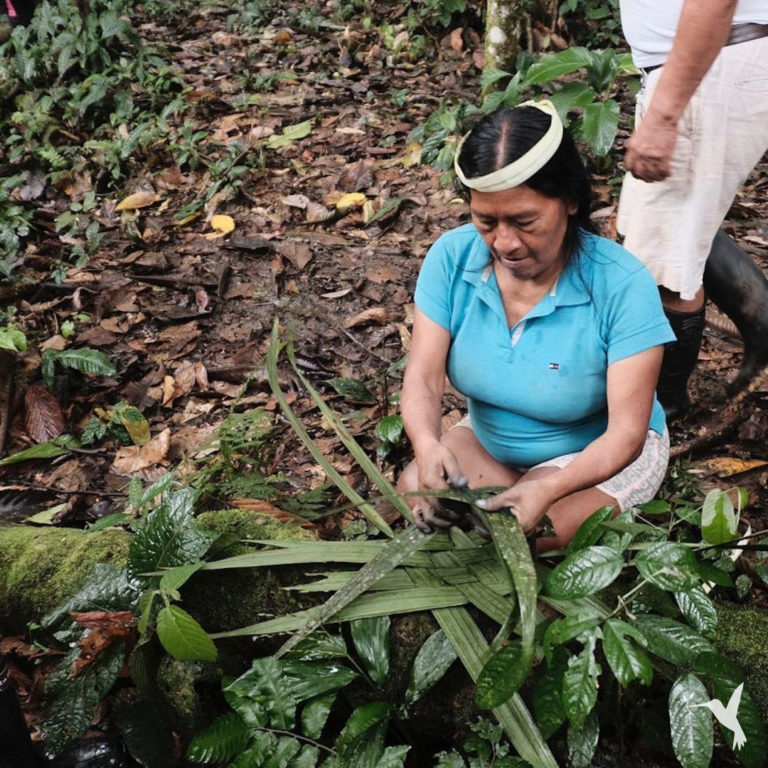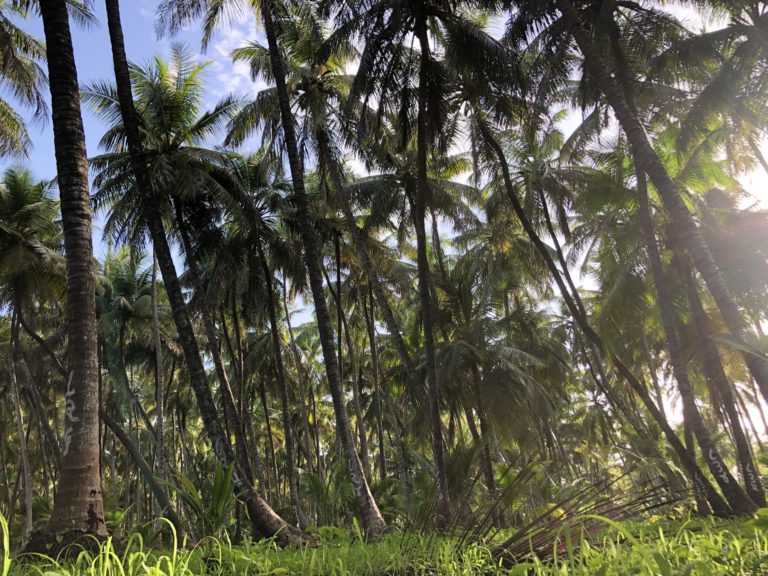5 Regenerative Agriculture Practices Changing the Game
Farming for a More Sustainable Future
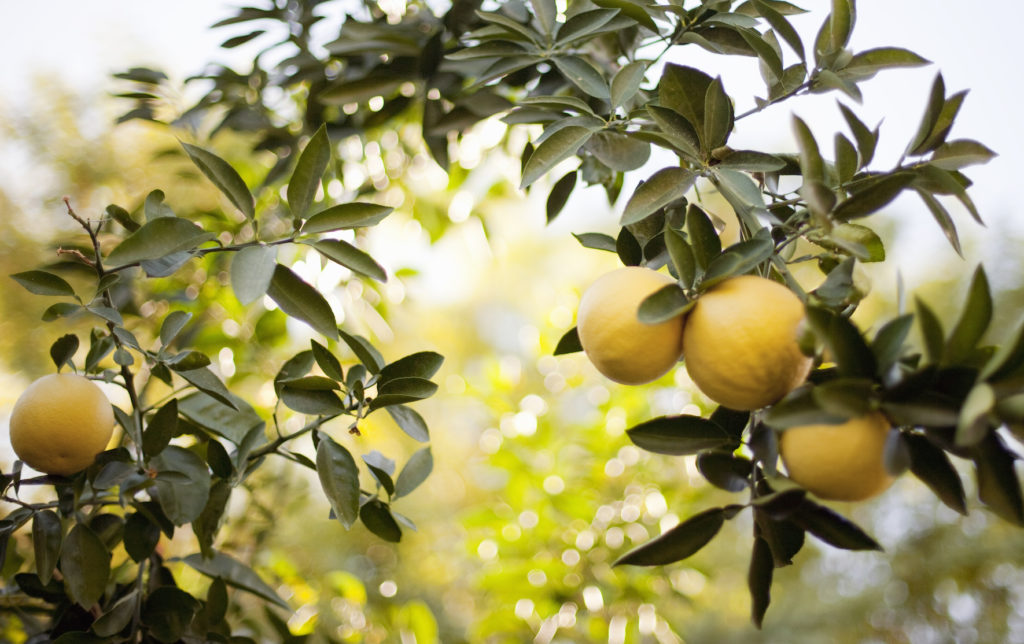
“Soil not oil, holds the future for humanity.”
—Vandana Shiva
First thing’s first: What do we mean by “regenerative agriculture practices?”
Broadly defined, the term describes a system of farming practices and principles that focus on the rehabilitation and enhancement of an ecosystem with an emphasis on soil health—and due attention to water management, fertilizer use, and sustainability considerations.
Conventional practices like monocropping only contribute to the erosion of our soil and depletion of its nutrients.
Fertile soil, on the other hand, is made up of air, water, decayed plant residue, organic matter, and minerals such as sand, silt, and clay. The higher concentration of organic matter in the soil enhances its texture, nutrient density, and overall ecosystem health. The result is a critical improvement in how that soil functions, and an enhanced porousness that allows water and air to move freely.
According to the Nature Conservancy, it takes 2,000 years for natural processes to turn bedrock into 10 centimeters of fertile soil. Unfortunately, around 24 billion tons of topsoil are lost every year due to agricultural and ecological causes of erosion. That translates to over 3 tons per person.
With “regeneration” as a main focus, regenerative agriculture refers to all farming that prioritizes the health and well-being of future generations of humans and ecosystems.
The following are a few examples of sustainable and regenerative agriculture practices worth knowing. Although by no means new, these practices are currently being “rediscovered” by many within and outside the agriculture industry, and they are changing the landscape of our future:
Regenerative Practice #1: Agroforestry
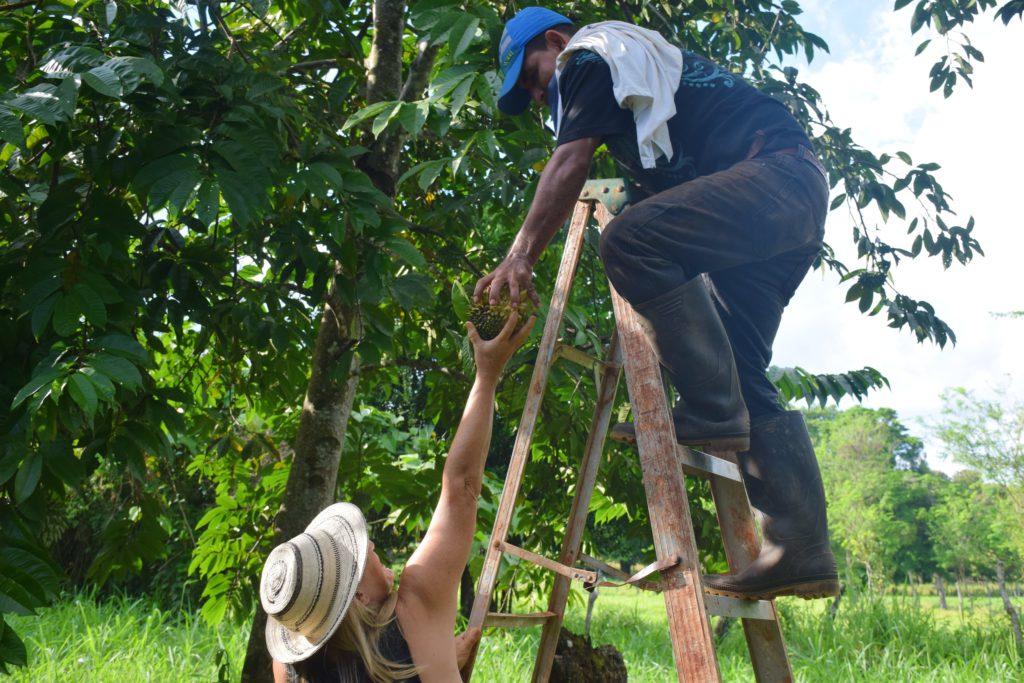
Organizations aboard the Producers Market platform like SayTrees and Art Farm Panama, among others, are built on agroforestry-based models whereby trees, shrubs, palms, bamboo, and other woody perennials are deliberately planted in the same spaces as agricultural crops.
Having multiple species growing in one place mirrors the diversity of natural ecosystems. This creates a system with both ecological and economic connectivity between the different components. The UN Food and Agriculture Organization calls agroforestry a “natural resource management system” in and of itself due to its capacity to positively impact a region’s food security, economy, and health.
Regenerative Practice #2: Silvopasture
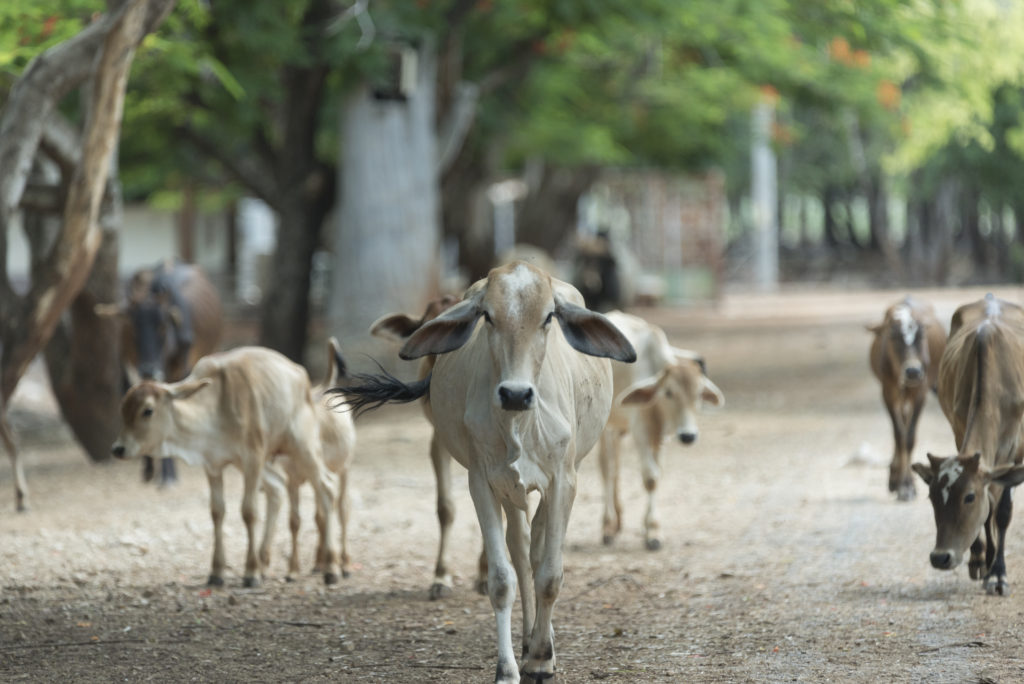
Technically speaking, silvopasture is a subcategory of agroforestry. Documentaries like “Kiss the Ground” explain how grazing animals and livestock can help cultivate healthy soil. The agricultural strategy of Silvopasture, which involves the intentional combination of trees, plants, and livestock in an integrated, holistically-managed system, creates ecologically complex, resilient, and dynamic land for farming.
We already know that organic material enhances soil health; grazing animals increase the advantages of agroforestry several times over.
Regenerative Practice #3: Aquaculture
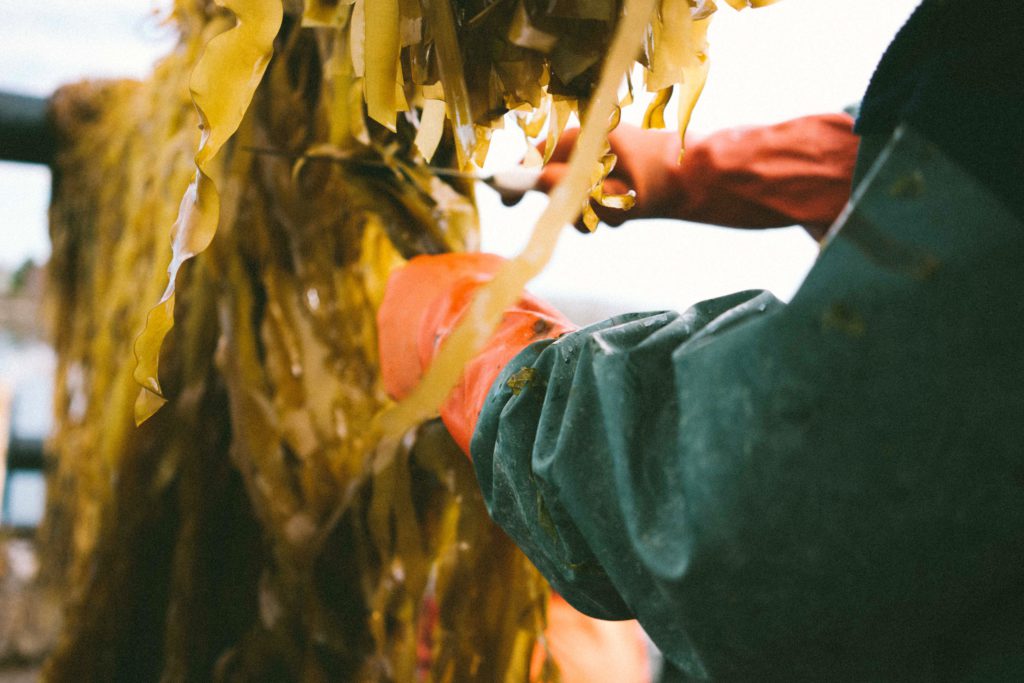
Aquaculture refers to the breeding, rearing, and harvesting of fish, shellfish, algae, and other organisms in all types of water environments.
There are two main types of aquaculture—marine and freshwater. In addition to producing food or commercial goods, aquaculture keeps a regenerative focus. It tasks itself with restoring natural habitats, replenishing wild stocks, and rebuilding populations of threatened and endangered species, as producers Akua and Coral Vita do with kelp and coral reefs, respectively.
Striking a similar note, online seafood market KnowSeaFood has proved to be an important voice in the sustainable seafood value chain and a conversation-starter in industry. KnowSeafood’s mission as a business is to directly connect customers to fishermen, prioritizing traceability and transparency.
You can check out their StoryBird, which showcases their leveraging of blockchain technology to build trust with consumers.
Regenerative Practice #4: Biochar
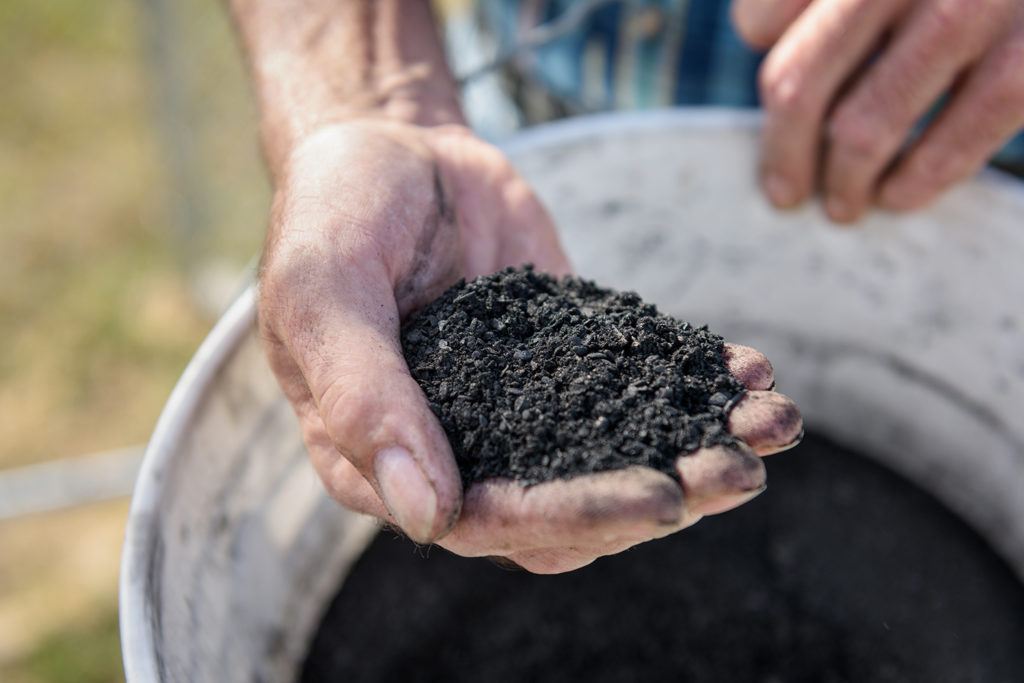
Two of the biggest merits of biochar are it’s real capacity to mitigate climate change and its positive impact on soil quality.
Biochar is produced from the agricultural “waste” that is a byproduct of agriculture (biomass). Wood chips, leaf litter, or dead plants are burned in a process called pyrolysis, in which the biomass is burned in a container with very little oxygen, releasing little to no fumes. The process reduces contamination, stores carbon, and cycles nutrients back into the soil.
Similar to common charcoal, at least in appearance, biochar is black, lightweight, highly porous, and fine-grained. While 70% of its composition is carbon, the remaining 30% consists of nitrogen, hydrogen, and oxygen.
While biochar technology is considered a more recent invention and a modern carbon sequestration strategy, adding charred biomass to improve soil quality is not a new practice. Similar models can be traced back to a 2,000-year-old practice in the Amazon basin, where indigenous people created areas of rich, fertile soils called “terra preta” (dark earth). To this day, soil in these places is remarkably more fertile than in other spots.
The More You Know: Coconut producer 3 Kings Export employs a repurposing strategy in a similar spirit. They create charcoal briquettes from the husks and other remains of coconut farming in the Philippines.
Regenerative Practice #5: Compost
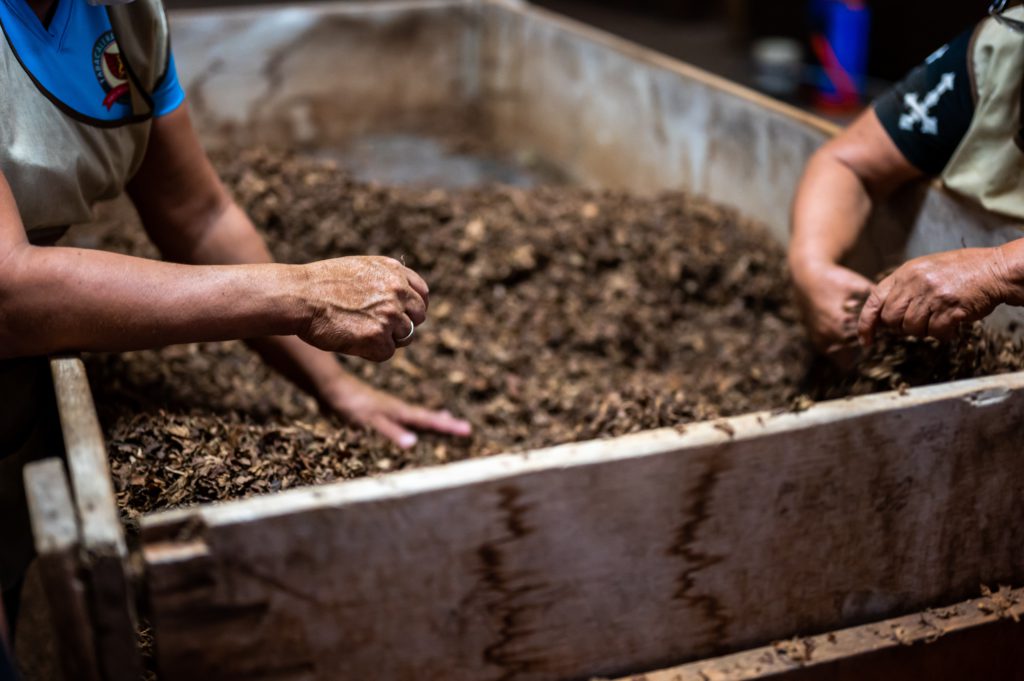
This last one is a regenerative strategy you can practice at home—in your garden, or in tumblers and bins, depending on your space. Compost is simply decomposed organic material. Rotten fruit, banana peels, eggshells, old leaves, and other materials most of us would discard as “garbage” instead gets broken down into valuable fertilizer, allowing us to recycle nutrients back into the soil.
Compost improves soil health, reduces waste, and helps cut methane gas emissions from landfills.
There is a common theme here. Like we said before, regenerative agriculture practices stem from an awareness that we need farming to be viable in the future. The days of taking from our planet without giving anything back are behind us.
As far as what lies ahead, the social, economic and agricultural impact of these regenerative agriculture practices has the power to propel us into a more sustainable future.
Producers Market is proud to feature numerous organizations built on regenerative practices, check them all out here:

